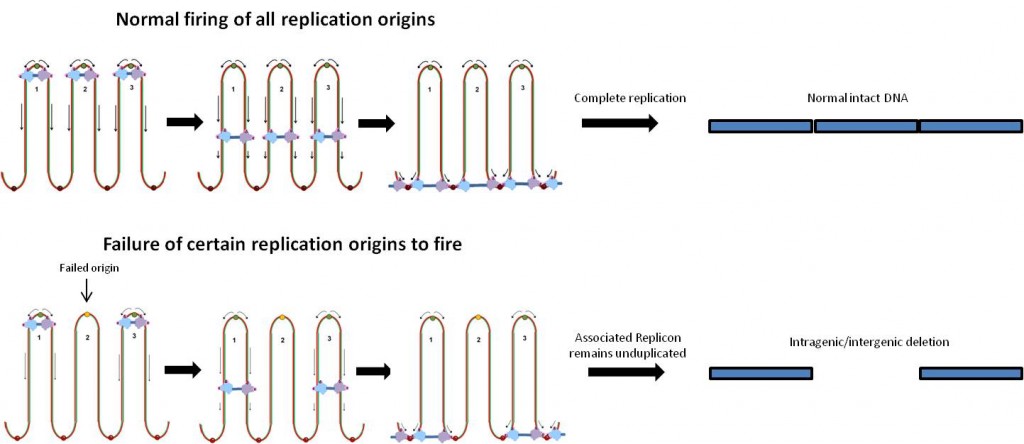An Emory team of geneticists and genetics counselors is participating in the Clarity Undiagnosed competition, hosted by Boston Children’s Hospital and Harvard Medical School.
The team is led by genetics counselor Dawn Laney MS, CGC, CCRC. Team members include: Madhuri Hegde, PhD, William Wilcox, MD,PhD, Michael Gambello, MD, PhD, Rani Singh, PhD, RD, Suma Shankar, MD, PhD, Alekhya Narravula, MS,CGC, Kristin Cornell, MS, CRC, Cristina da Silva, MS, Sarah Richards, MS, CGC and Kimberly Lewis, MS, CGC.
In Clarity Undiagnosed, five families of patients with undiagnosed conditions provide DNA sequence information and clinical summaries to up to 30 competing teams. The teams then do their best to interpret the data and provide answers, and a $25,000 prize will go to the team that solves the mysteries in the most complete way.
At the discretion of the families, short videos of the patients may be available to investigators through producers of a forthcoming documentary film, Undiagnosed, but the teams are barred from direct interaction with the families. A glimpse of some of the families is possible by viewing the trailer. Teams have until September 21 to submit their reports and the results of the competition will be announced in November.
Boston Children’s and Harvard held a similar competition in 2012, which attracted teams from all over the world.
The competition grows out of the NIH-sponsored Undiagnosed Diseases Network; Emory pharmacologists Stephen Traynelis and Hongjie Yuan have been working with the related Undiagnosed Diseases Program based at NIH (very complex 2014 paper, blog post on personalized molecular medicine).







